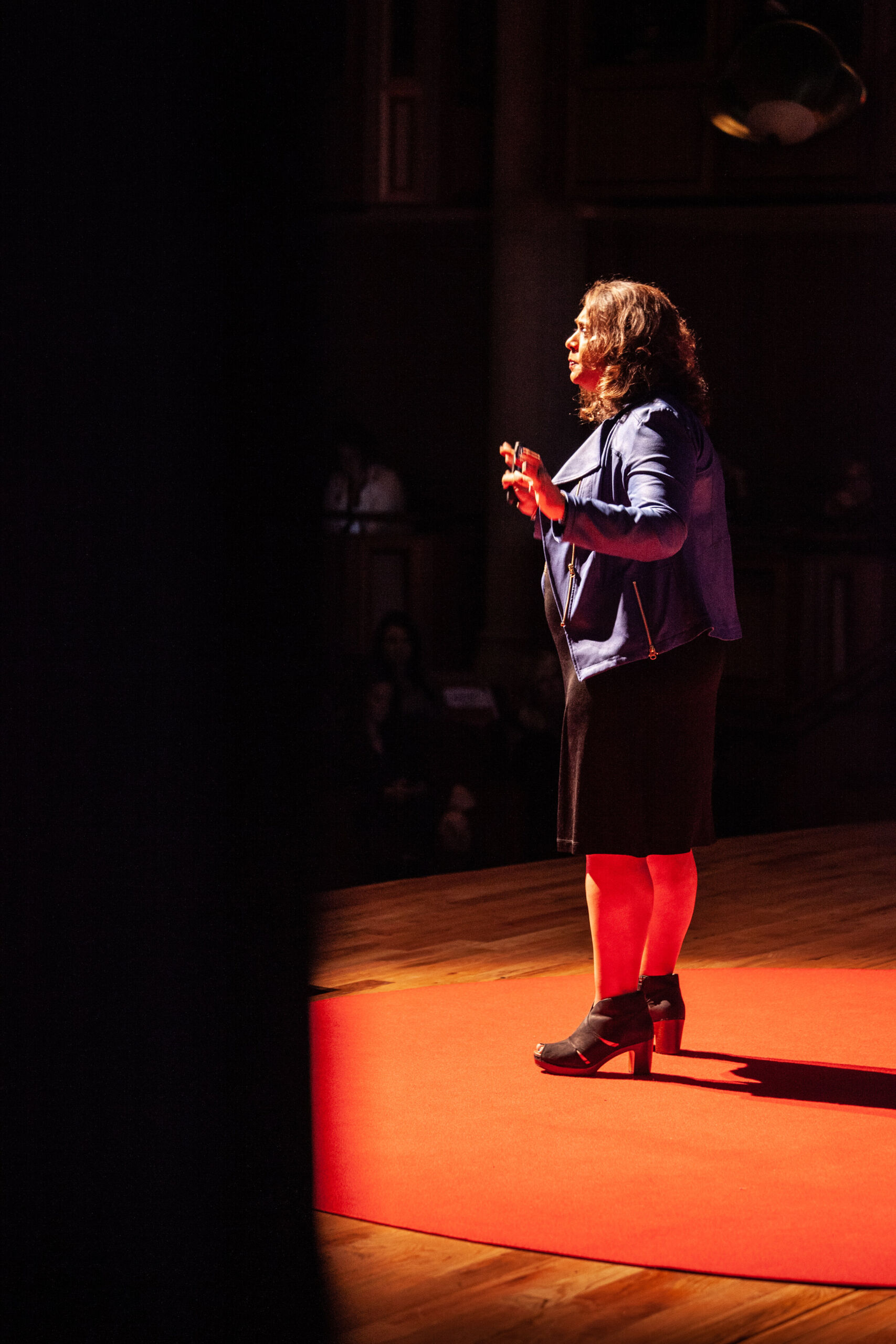Written by NWES Guest Blogger: Janet McNaughton – President, Lasting Impressions
Trade shows represent 39.2% of all B2B marketing dollars; often the largest line item in the budget. Here are 10 key strategies for innovating your presence and optimizing your ROI.
1) TIE YOUR COMPANY’S GOALS AND OBJECTIVES INTO YOUR TRADE SHOW

How can the Northwest Event Show become a game changer for your business? What are your trade show objectives and how do they connect to your annual business plan? Do you want to gain new prospects? Influence the marketplace? Enforce your brand message? Are you launching something new?
To optimize your trade show experience, consider not only your goals, but also the objectives of your attendees.
Most of your prospective customers are attending the Northwest Event Show to see new products and technology, participate in hands-on demonstrations, get an idea of trends, improve their skills and expand their professional networks.
WHERE DO YOUR GOALS ALIGN?
Think through how to serve attendees in achieving their goals while fulfilling your own. How do you need to design your exhibit to meet both parties goals? Do you need to add an exclusive event tied to the show? An interactive display? Something else?
2) PROMOTE THE NORTHWEST EVENT SHOW TO YOUR AUDIENCE
Butler Events has massive ambitions for this show and is taking bold steps to make it the most prestigious event in the area and beyond. Be sure to add some dazzle to your pre-show marketing message and invite key clients and prospects to your exhibit. Offer an incentive to meet with you for a 1-1 meeting for a scheduled time slot or to visit in general. If scheduling meetings with customer at the show is not realistic, how about letting attendees know they can receive a special gift for scheduling an appointment with you after the trade show? Tie the incentive to your mutual goals. (Download a Digital Asset to Share on Social!)
3) GET THE RIGHT PEOPLE TO ENGAGE WITH YOU AT THE SHOW
31% of registered attendees will be coming to the show for the first time. What an opportunity to meet new customers and increase sales over the next 12-18 months! There are at least three areas you want to deliver on better than anyone else exhibiting, especially your competition:



First, person-to-person: Dress the part, look the part, and stay focused on greeting everyone who approaches. This objective starts by wearing your brand with logoed apparel.



Second, hand-to-hand: At the end of your conversation give a gift branded with your logo. There are lots of great ways to use a presumptive close. Say “Thanks for visiting the (your company’s name) booth!” while you hand them a promotional product that is tied to your exhibit theme. Two levels of gifts are best: one for all the people you meet and the other a VIP gift for top customers and prospects.



Third, friend to friend: Always ask what your guests do for a living. Chances are they are eager to tell you, and to make friends. If its appropriate (not forced) ask for their contact information and complete a lead sheet. If they have a business card, staple that to their sheet for follow up after the show. Use set up time and your breaks to meet other exhibitors. Swap cards and war stories if you can; but avoid visiting with them when they are swamped with guests.
4) ENSURE ATTENDEES LEARN WHAT YOU NEED THEM TO KNOW



Every exhibitor is best prepared when clear talking points are created and the entire exhibit team is trained. Role playing is a best practice for polishing your presentation.
5) ASK THE RIGHT QUALIFYING QUESTIONS TO OPTIMIZE FOLLOW-UP



Create a lead sheet to capture data, and firm up your plan for post- show follow up. You can execute this concept on paper or digitally. Creating a savvy lead sheet begins by getting leadership, sales and marketing to agree on your ideal customer. The show is anticipating 2500 attendees: 2.5 times more than last year! To optimize your time and qualify the most guests, plan for concise conversations. There will be a lot of people to meet, sort and qualify!
Identify 4-5 open ended questions that will assist in a thoughtful conversation with attendees and inform them of your services. Try it out on at least three people who understand your business to ensure your talking points inform, educate, and convey the message you want attendees to learn about your business.
6) SECURING THE RIGHT LEADS
Here’s how the qualifying questions lead to the right decision for your gifts:
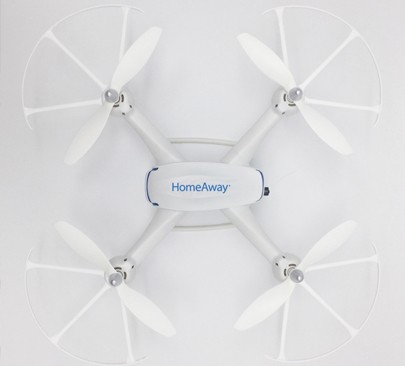


Level 1: gifts are given to your hottest prospects and VIP customers. These are the people who meet your sales lead sheet criteria. These items represent a higher perceived value than a typical trade show promotion. You want people who receive level 1 gifts to know you think they are special and appreciated.
Level 2: gifts are for all the other people who visit your booth.
The appropriate time to extend a gift is AFTER you have completed a sales lead sheet for the attendee.
7) UTILIZE A DATA COLLECTION SYSTEM
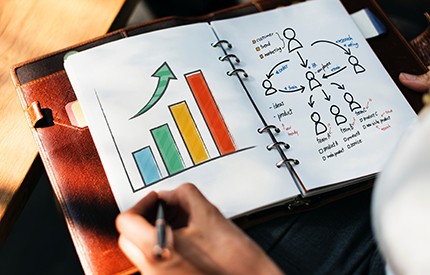


Asking the right qualifying questions, educating customers on your product or service, collecting attendee responses and attaching their contact information is job 1 for every person working in your booth. The most successful exhibitor teams craft talking points, train and role play with their colleagues to ensure success. Identify one team member to gather all the lead sheets at the end of the show and ensure they are entered into your CRM system for long term follow up.
8) EXTEND AND EMBODY YOUR BRAND WITH LOGOED UNIFORMS AND MULTIPLE LEVELS OF PROMOTIONAL PRODUCTS
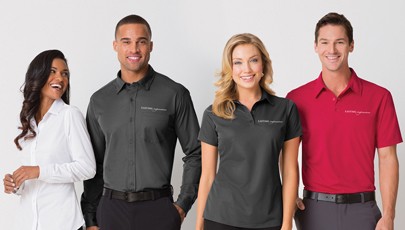


Remember, you want to stand out. Many exhibitors do a great job. You want to be even better; and you can up your game by showing up as a polished team in uniform, with strong branding and expertise.
Consider the short and long-term impacts of the gifts you will provide and be sure they are exactly on-brand. Audiences love this type of coordination. It’s like telling a great story; your audience can follow it easily and understand how everything fits.
9) CONTINUE THE CONVERSATION AFTER THE SHOW WITH AN EXCLUSIVE OFFER AND/OR A BRANDED FOLLOW-UP PROGRAM
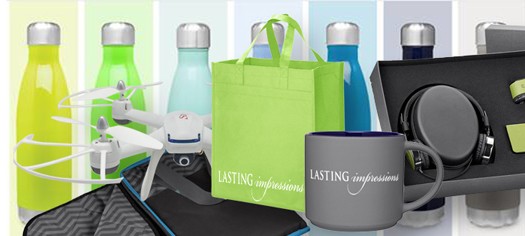


When the show is over, the real work starts. The most effective follow up campaigns are designed and coordinated with your exhibit theme in advance of the show. Your sales cycle dictates frequency. For products and services that produce rapid sales, execute on a follow up program once a week for the next 3 weeks. If your sales cycle is longer, consider monthly for the next 3 months. If your sales cycle is 12+ months, consider a quarterly follow up campaign for the next 3 quarters.
10) DID YOU INCREASE SALES? WHAT IS YOUR ROI? WHAT IS YOUR ROO?
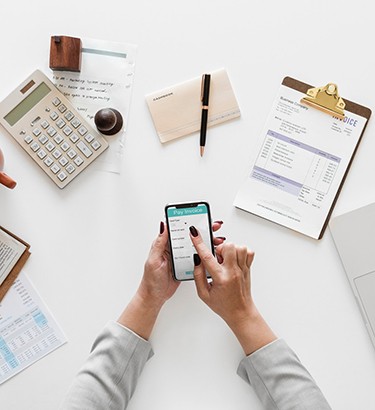


Start with the end in mind! As part of your trade show planning identify what you want for an ROI. How much in sales do you need to generate for the trade show to benefit the investment?
For Return on Opportunity (ROO) list out the ways you want to grow exposure and business relationships that don’t necessarily have a sales number attached. Examples are media exposure, speaking opportunities and more. Plan for what you want and work to achieve it. At the end of the trade show, measure results against plan to calculate whether your efforts were successful. With every evaluation a smart final step is to have an honesty check up and ask yourself if the results achieved were the best possible outcome. Identify and document what was learned – both good and bad for the next exhibit.



How can we serve you? we’re glad to answer questions about your trade show plan, walk you through a strategic follow-up campaign or meet with you to assist with your post-event analysis. Visit our website Lasting impressions, email at Janet@LastingImpressionsGifts.net or call 425.822.6651.






